Update
Be sure to check out this team's ongoing work at Float Your Boat. Float Your Boat is a project for community members and students to learn about the Arctic Ocean – its circulation, its sea-ice cover, and how it’s changing.
Now Archived! PolarConnect event with educator Sarah Johnson and the team working on the International Arctic Buoy Program in Utqiaġvik, Alaska. This event was broadcast on Tuesday, 5 April 2022. You can access this and other events on the PolarConnect Archives webpage.
What Are They Doing?
Sarah and the team will be headed out for a second deployment to Thule, Greenland in June-July 2022.
Where Are They?
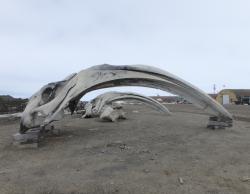
Latest Journals

John Woods is a native of Lavallette, NJ and currently resides in Annapolis, MD with his wife and 3 kids. He studied Oceanography at the United States Naval Academy and obtained his master’s degree in Oceanography and Meteorology at the Naval Postgraduate School in Monterey, CA. John served on active duty in the U.S. Navy as a Surface Warfare Officer on the USS Cleveland (LPD-7) deploying to the Persian Gulf two times, and as a Meteorology and Oceanography (METOC) Officer at the U.S. Naval Ice Center. His final tour was back at the U.S. Naval Academy teaching in the Oceanography Department where he created the Polar Science Program. This assignment first introduced him to Polar Operations and Logistics leading 4 different learning activities to the Arctic Region. After transitioning to the Navy Reserves, he was the Project Manager for NASA's Operation IceBridge, successfully executing over a dozen science campaigns to both the Polar North and South. Most recently John was a physical scientist for NOAA at the U.S. National Ice Center until recently transitioning back to the Navy in his current position with the Office of Naval Research, International Engagement Office focusing on collaborations with polar nations.

IGNATIUS RIGOR, Ph.D., is a climatologist at the Polar Science Center, Applied Physics Laboratory (APL), and an affiliate assistant professor in the School of Oceanography at the University of Washington (UW) in Seattle. Dr. Rigor studies sea ice, and how it interacts with the atmosphere and ocean. His primary tools for research are observations from drifting buoys and satellites.
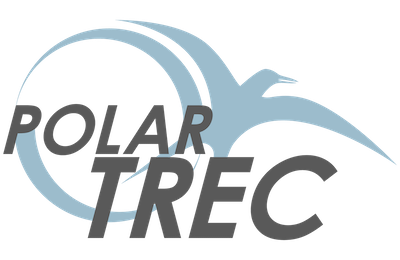
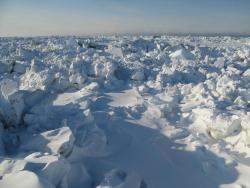
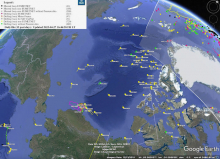
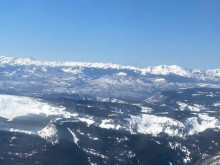
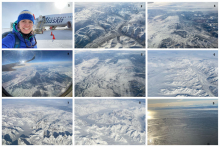
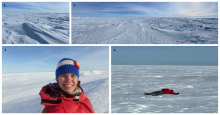

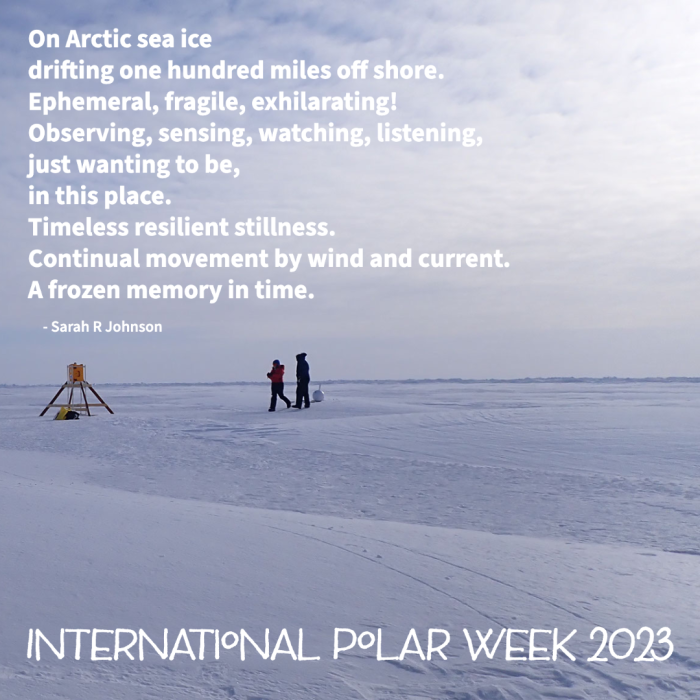
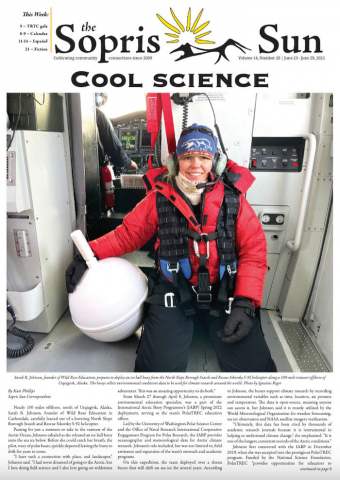
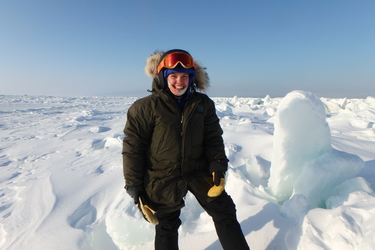
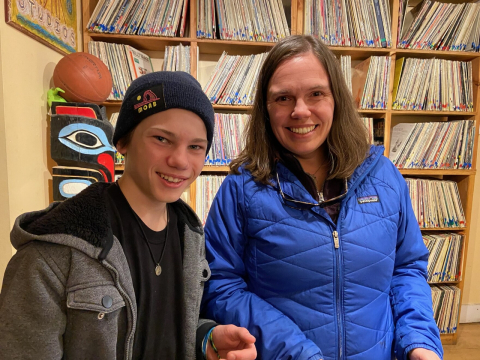
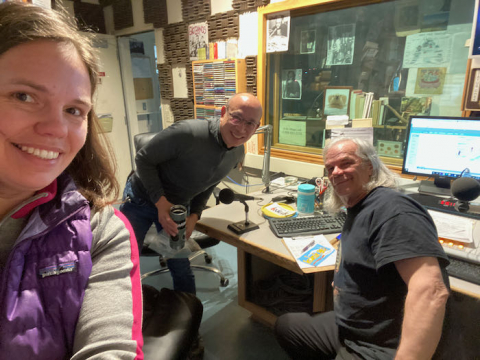
 On this episode of "Hey, You're Pretty Good at That" on KDNK Community Radio in Carbondale, Colorado Host Ape on the Dink chats with local environmental educator Sarah Johnson about polar adventures, environmental education, and her recent trip to Scotland.
On this episode of "Hey, You're Pretty Good at That" on KDNK Community Radio in Carbondale, Colorado Host Ape on the Dink chats with local environmental educator Sarah Johnson about polar adventures, environmental education, and her recent trip to Scotland.